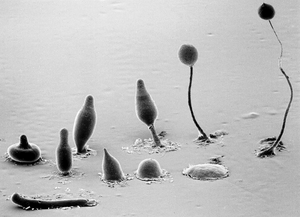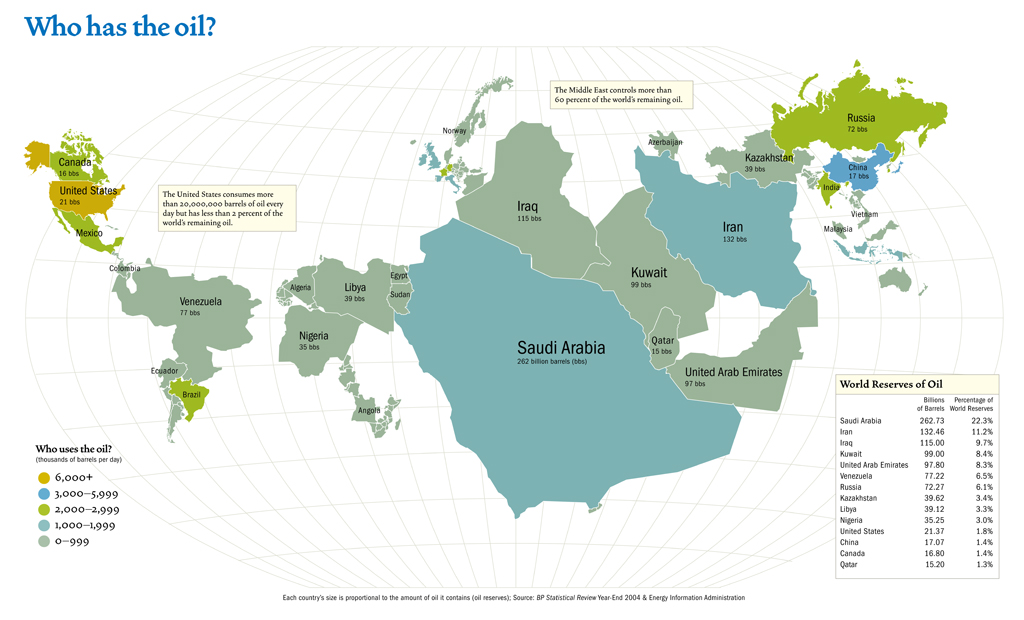The experiment is based on the recent finding that some sufferers from temporal lobe epilepsy, a neurological disorder caused by chaotic electrical discharges in the temporal lobes of the brain, seem to experience devout hallucinations that bear a striking resemblance to the mystical experiences of holy figures such as St Paul and Moses.This theory received a recent boost from Prof Gregory Holmes, a paediatric neurologist at Dartmouth Medical School, who claims that one of the principal founders of the Seventh Day Adventist Movement, Ellen White, in fact suffered from temporal lobe epilepsy...
Unfortunately, during the experiment, while Prof Dawkins had some strange experiences and tinglings, none of them prompted him to take up any new faith. "It was a great disappointment," he said. "Though I joked about the possibility, I of course never expected to end up believing in anything supernatural. But I did hope to share some of the feelings experienced by religious mystics when contemplating the mysteries of life and the cosmos.


